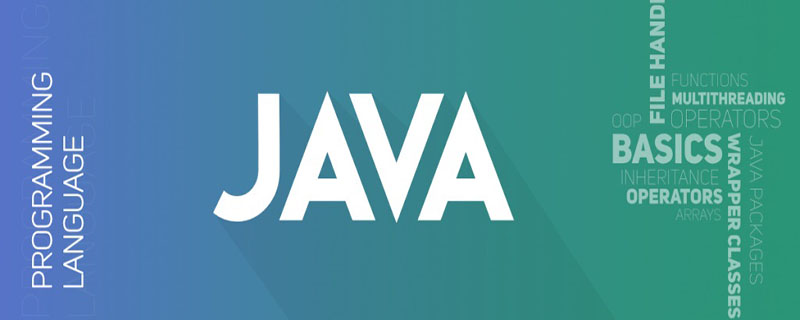
Difference:
== What is compared is the (heap) memory address of the object stored in the variable (stack) memory, used to determine Whether the addresses of the two objects are the same, that is, whether they refer to the same object. What is compared is the real pointer operation.
equals is used to compare whether the contents of two objects are equal. Since all classes inherit from the java.lang.Object class, it is applicable to all objects, if this method is not overridden. , the method still being called is the method in the Object class, but the equals method in Object returns the judgment of ==.
Data types in java can be divided into two categories:
Basic data types
byte, short, char, int, long, float, double, boolean
Comparisons between basic data types require the double equal sign (==), because they compare values.
Reference data type
Interface, class, array and other non-basic data types
String in Java belongs to Reference data type because String is a class.
When they use (==) to compare, they compare their storage addresses in memory. Therefore, unless they are the same new object, the result of their comparison is true, otherwise The result of the comparison is false. Because if there is no new, a new heap memory space will be re-opened
Entity entity = new Entity();
Entity entity1 = new Entity();
Entity entity2 = entity;
System.out.println(entity==entity2);
System.out.println(entity.equals(entity2));
System.out.println(entity.equals(entity1));
System.out.println(entity==entity1); Result:
true true false false
Summary:
For composite data Compare equals between types. In the absence of overriding the equals method, the comparison between them is still the address value of the storage location in the memory, which is the same as the result of the double equal sign (==); if it is overwritten, the result will be the same as the overriding. The request comes.
Function of ==:
Basic type: What is compared is whether the values are the same;
Reference type: What is compared is whether the address values are the same.
The role of equals:
Reference type: By default, the address value is compared. After overriding this method, compare whether the member variable values of the object are the same.
Recommended tutorial: java introductory tutorial
The above is the detailed content of The difference between equals and '==' in java. For more information, please follow other related articles on the PHP Chinese website!
 java
java
 The difference between static web pages and dynamic web pages
The difference between static web pages and dynamic web pages
 java regular expression syntax
java regular expression syntax
 What is the difference between 4g and 5g mobile phones?
What is the difference between 4g and 5g mobile phones?
 The difference between k8s and docker
The difference between k8s and docker
 Is it difficult to learn Java by yourself?
Is it difficult to learn Java by yourself?
 java configure jdk environment variables
java configure jdk environment variables
 The difference between JD.com's self-operated flagship store and its official flagship store
The difference between JD.com's self-operated flagship store and its official flagship store